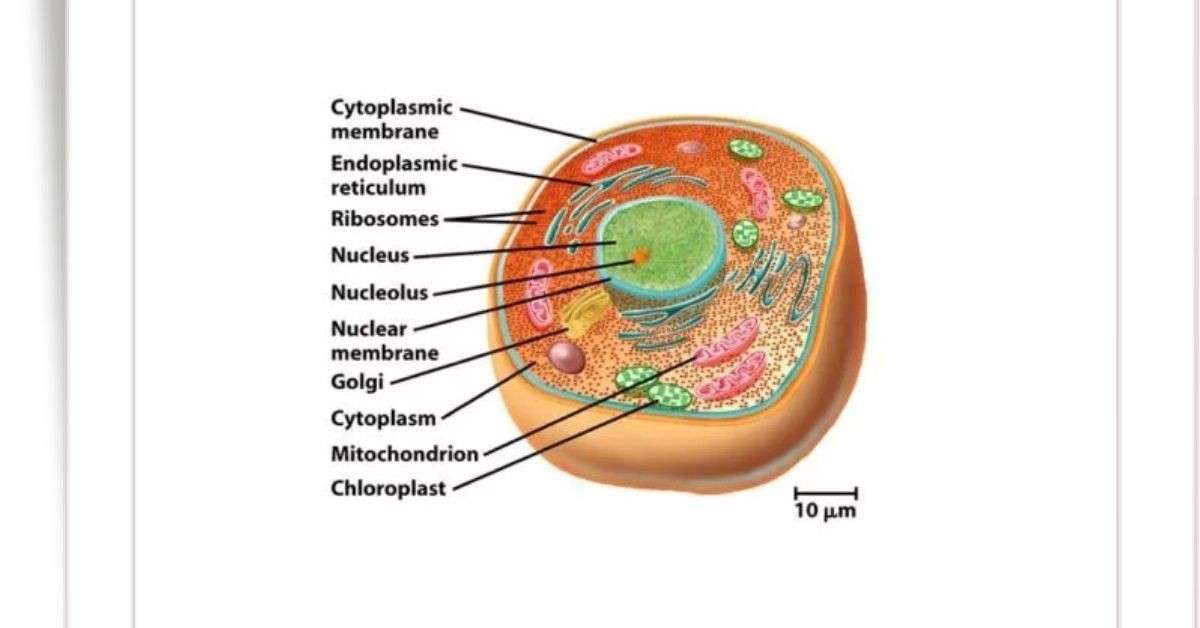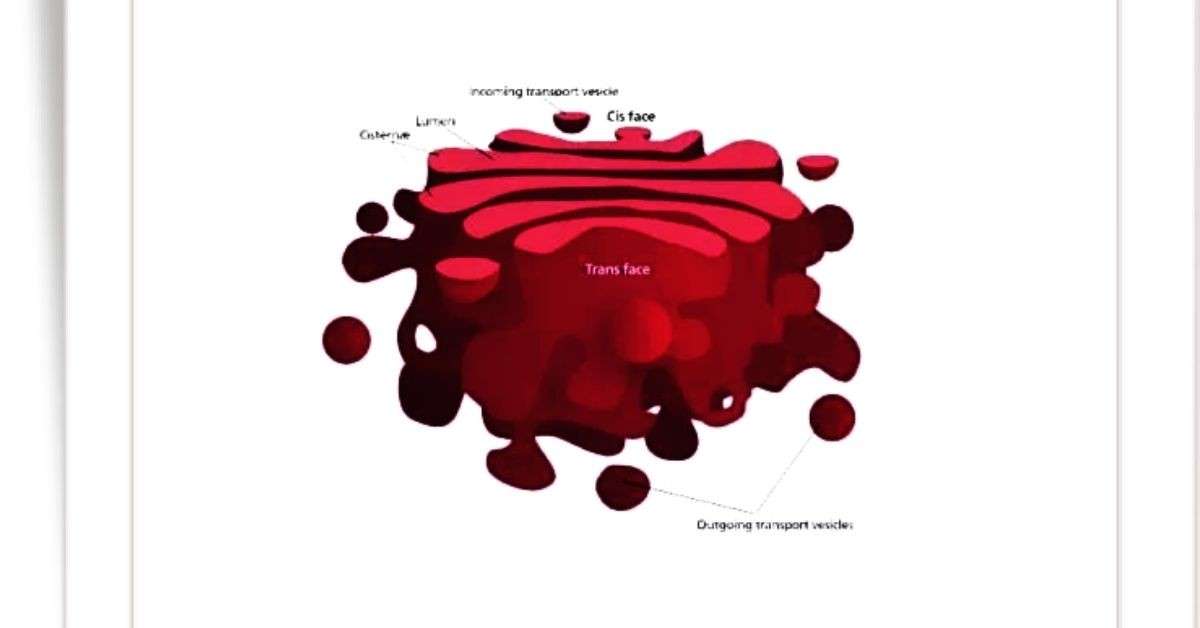Cell Structure and Function
The cell is the structural and functional unit of life, which is also known as “building blocks of life.” The science which deals with the study of cells is referred to as Cytology or cell biology. Robert Hooke first discovered the cells in 1665. Matthias Jakob Schleiden and Theodor Schwann first developed a cell theory … Read more




